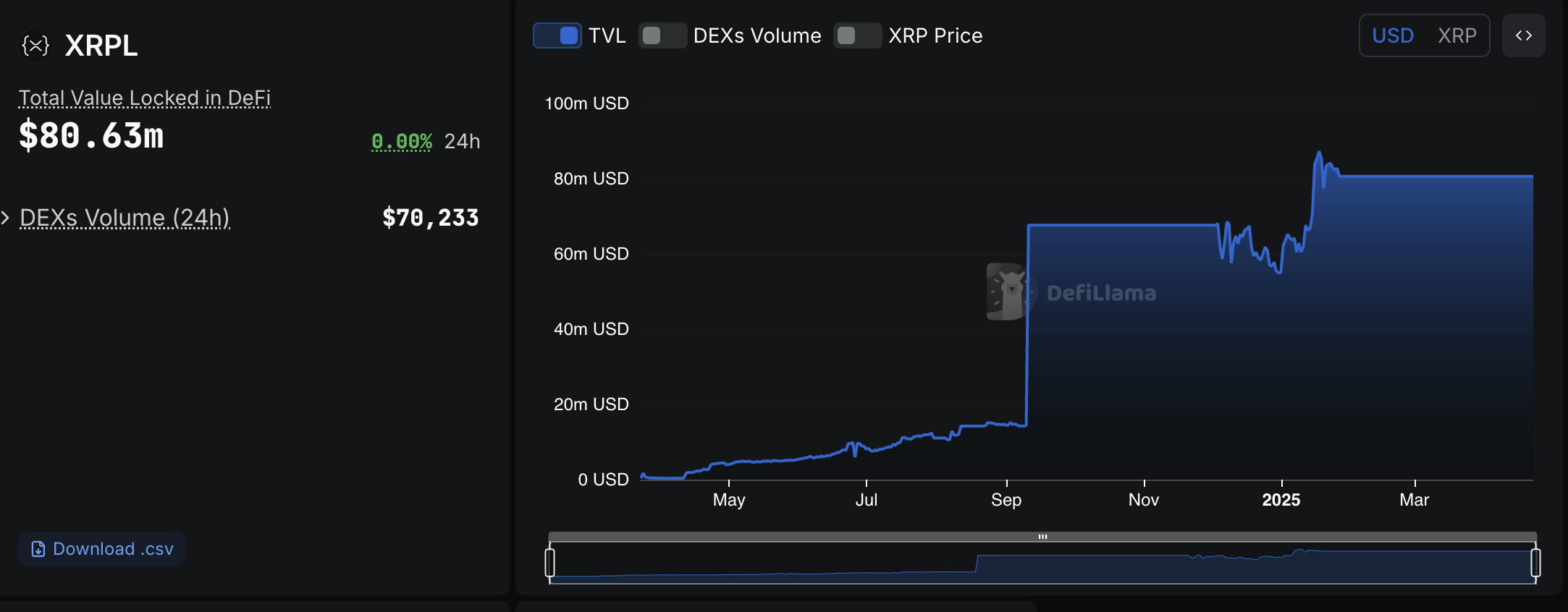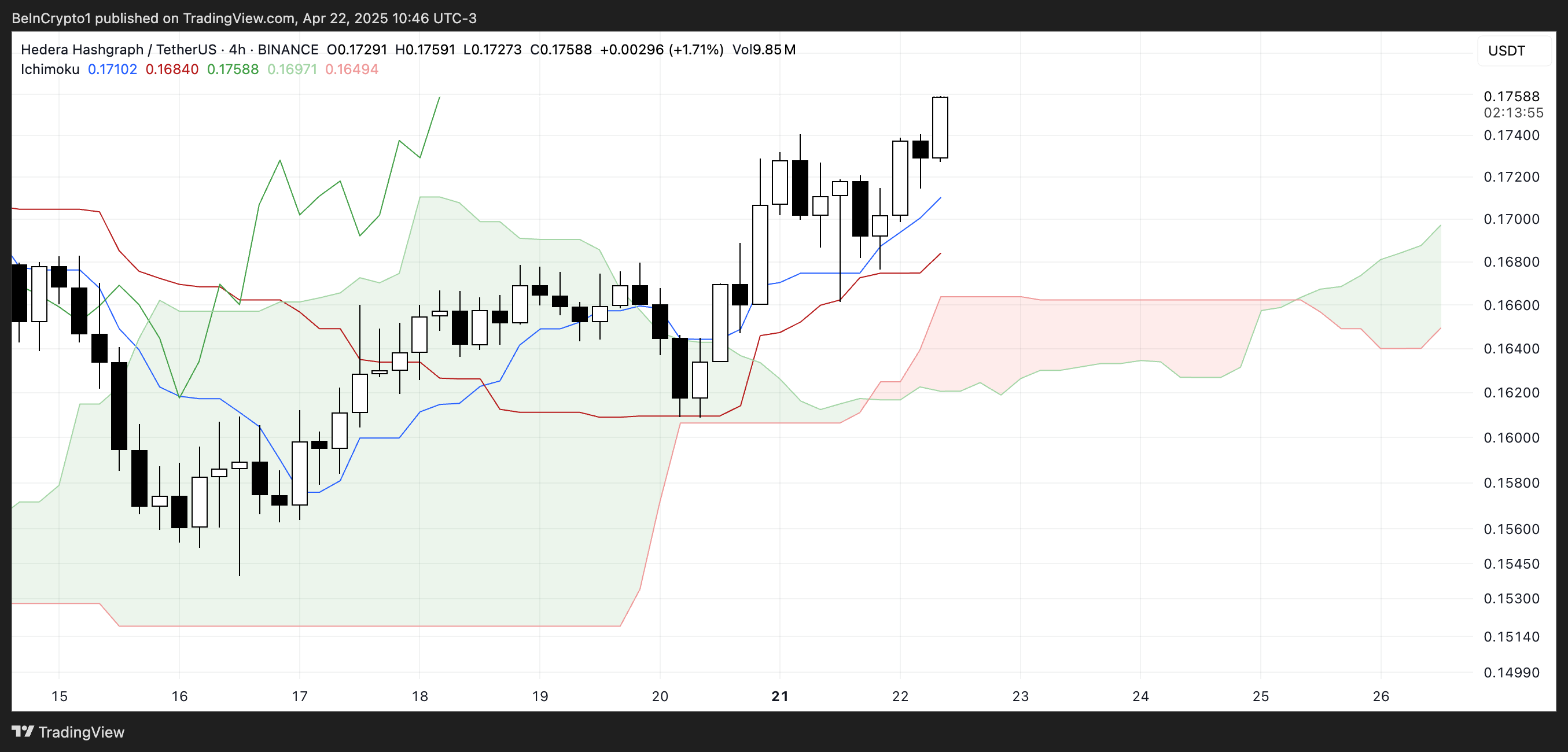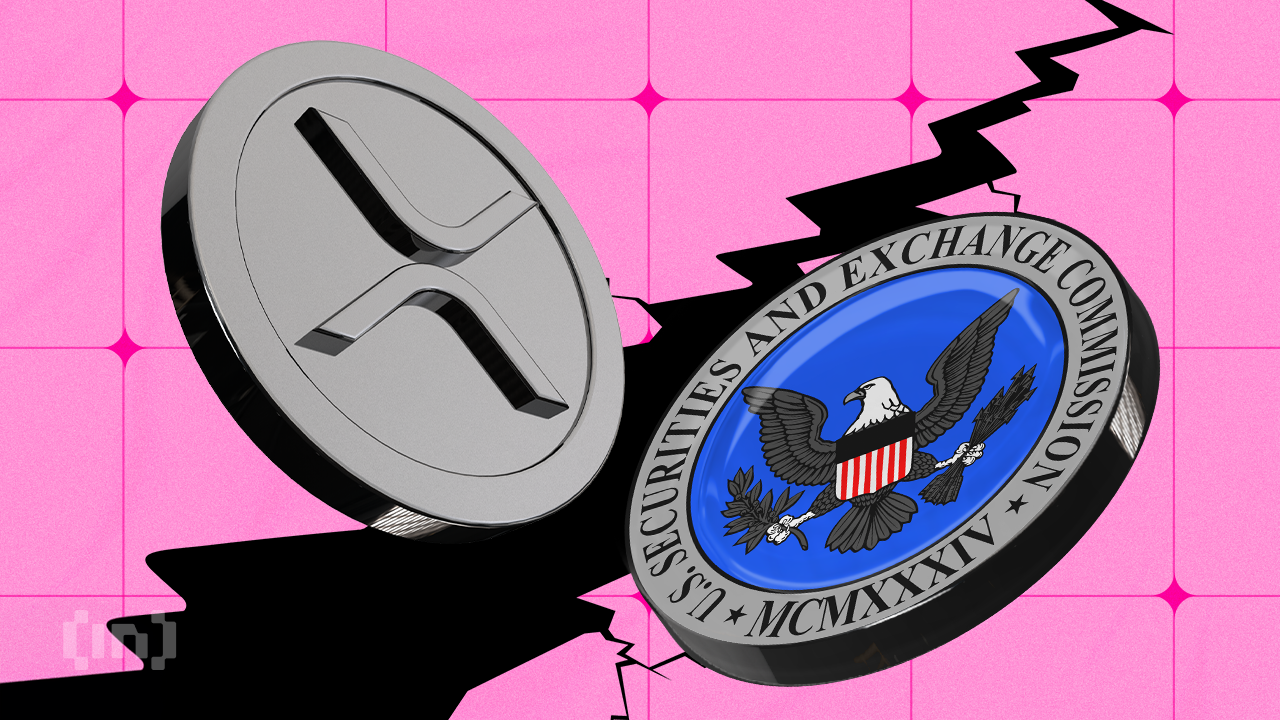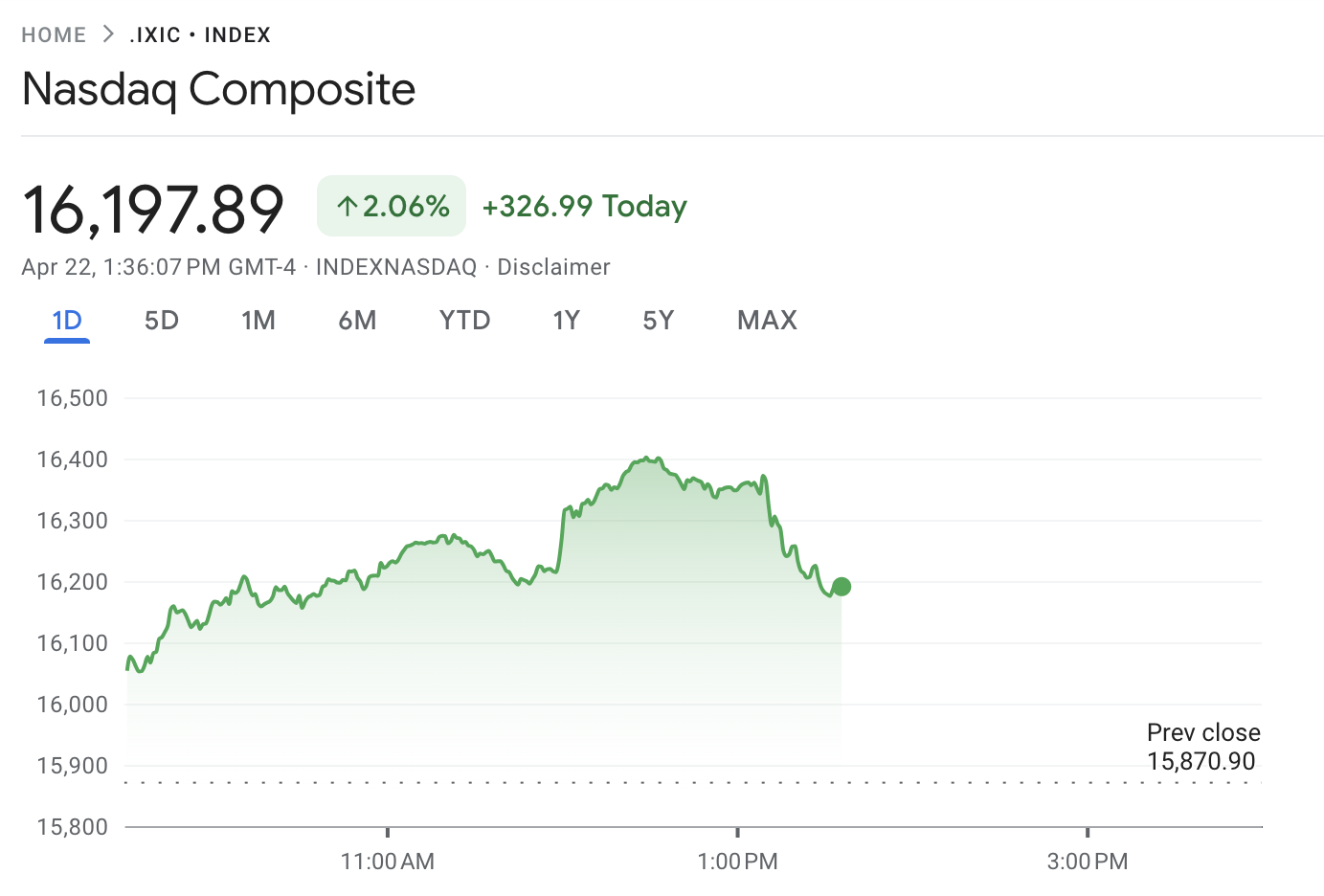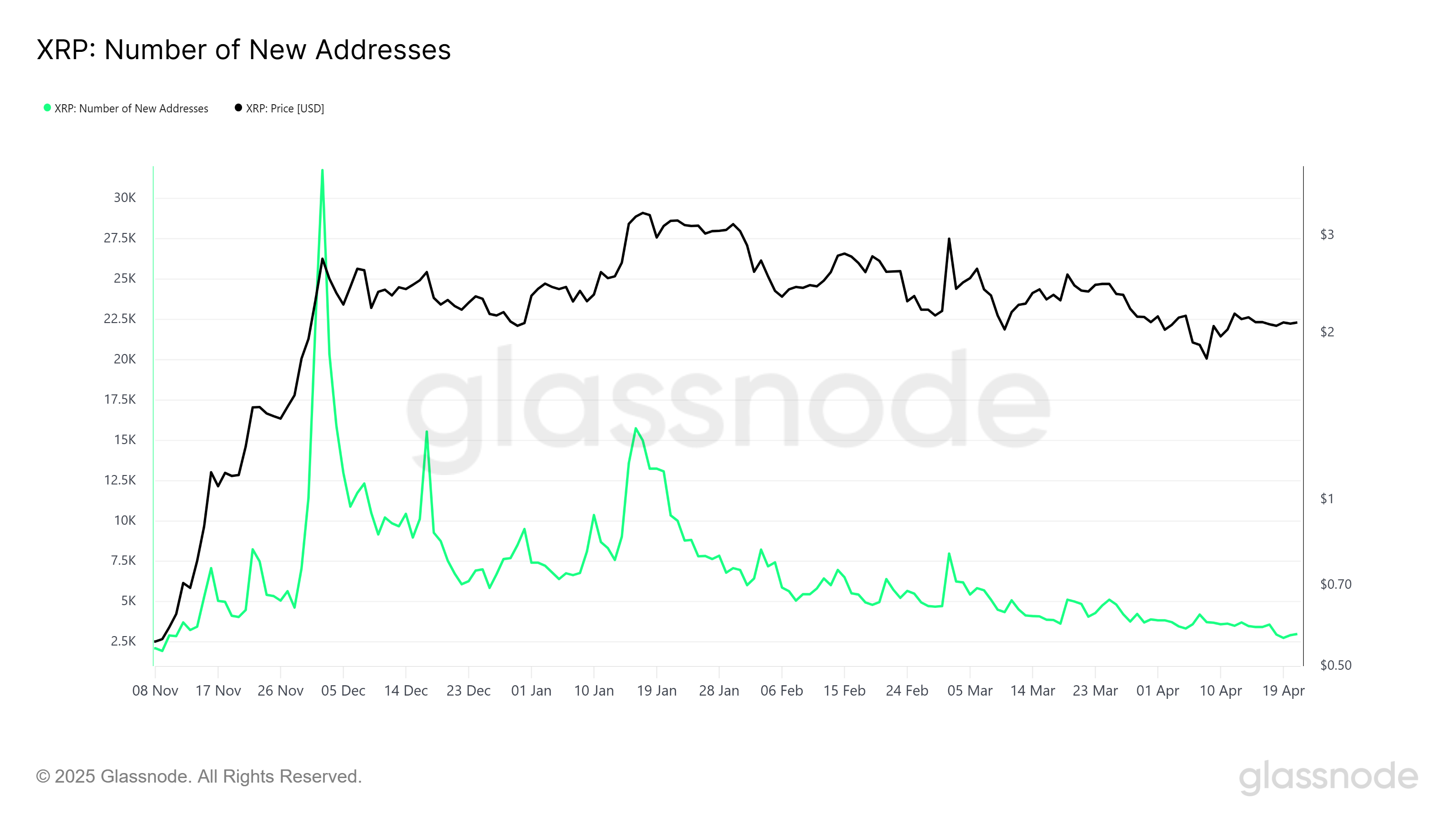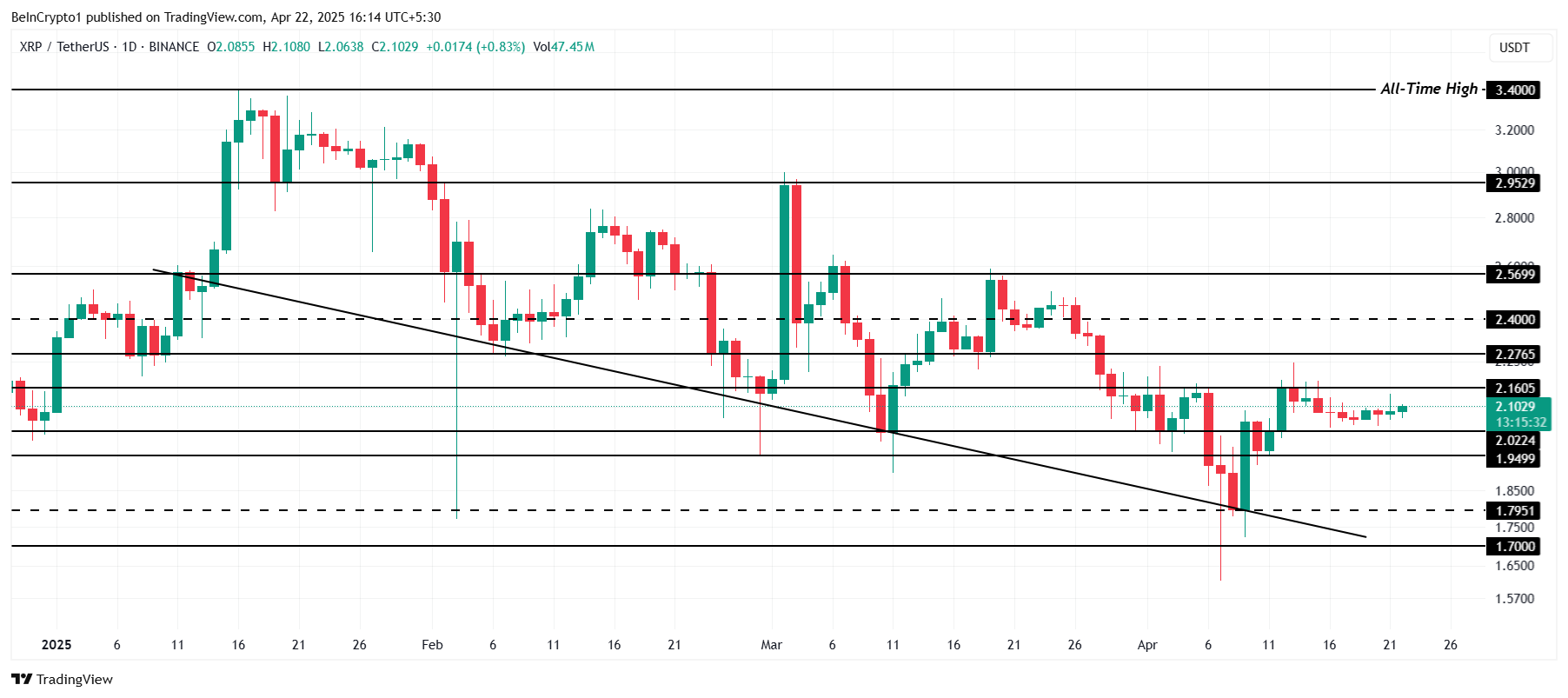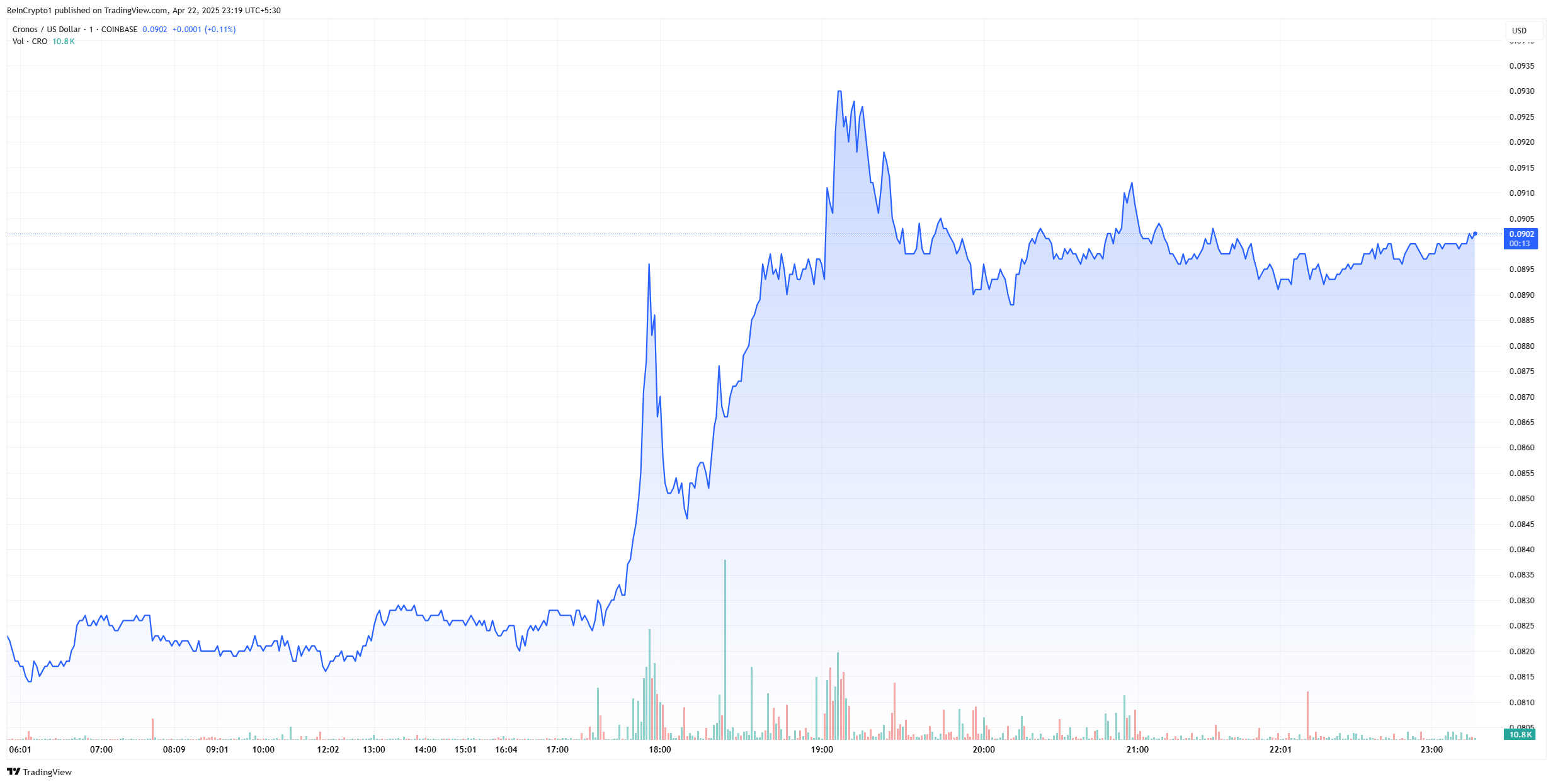CoinGecko Turns 11: Aimann Faiz Talks Rebrand, Business Model, and Market Outlook
As CoinGecko celebrates its 11th anniversary, the company is marking the milestone with a fresh new look and an eye on the future.
At Paris Blockchain Week, BeInCrypto sat down with Aimann Faiz, Head of Business Development at CoinGecko, to discuss the platform’s rebranding, evolving business model, and the state of the crypto market.
CoinGecko’s 2025 Rebranding
April 7 marked the 11th anniversary of CoinGecko. It was 11 years ago that our co-founders TM Lee and Bobby Ong started CoinGecko as a side project.
After 11 years, the market has grown a lot, and so have we, so we wanted to do our branding to reflect better who we are today and where we’re headed
The rebrand reflects our evolution as a company—we’ve introduced new products, expanded our reach, and felt it was the right time to rebrand as well as emphasize our core brand pillars: trustworthiness, ease of use, and empowerment.
As part of the rebranding, we want to reinforce the key message to our users that CoinGecko is your crypto companion.
Moreover, I’ve been with the company for six years. The Gecko has also always scared me a little bit. So now it’s a lot friendlier.
We have two products: CoinGecko and GeckoTerminal. The two products also have their own mascots that are aligned with the two brands.
As for the rebranding, it’s more than just a refresh of our logos. If you look at it, it’s a bit sleeker now. We look a lot younger, more trendy, and… less geeky.
It solidifies the fact that in 11 years, we’ve grown from what was a side project to something that’s trusted by millions of users
The rebranding doesn’t affect the business itself. The business remains the same. We focus on the marketing services that we extend to our clients and our API business.
All About CoinGecko’s Business Model
We attract many crypto enthusiasts to our website. Our business model is to capture the value from all visitors—we monetize this through banner ads, buttons, and content.
We were inspired by BeInCrypto’s editorial content. At the same time, we also offer a crypto API service.
All the data, prices, and information about tokens on CoinGecko and GeckoTerminal are made available via the CoinGecko API.
If you were attending Paris Blockchain Week, I dare say that our API powers 20-30% of the projects there.
GeckoTerminal: Playground for Degens?
GeckoTerminal is our DEX aggregator, designed to serve a very different audience compared to CoinGecko. The tokens that you see on CoinGecko are curated. They go through an extensive evaluation and listing process.
On GeckoTerminal, we track data on-chain. While CoinGecko lists around 15,000 carefully curated tokens, GeckoTerminal dives straight into the on-chain world, currently tracking over 6 million tokens.
It appeals to different types of users – GeckoTerminal is more for degens. Even the mascot reflects that energy—his name is Rex, and he proudly sports eyebags from too many late-night trading sessions.
The Future of Crypto and Mainstream Acceptance
We believe in a future where everything and anything will be tokenized.
The industry is now in very exciting times, especially with everything that’s happening in the United States, including Donald Trump coming into play and the US establishing a Strategic Bitcoin Reserve.
The industry always talked about mass adoption, and I personally think we’re at the cusp of that.
Also, I believe we’re on the right track towards onboarding the first billion crypto users. Sure, we’re going through a bit of a rough patch right now, but you have to go through the bad to get to the good.
When I first entered the industry in 2019, Bitcoin was hovering around $8,000. Today, you’re looking at nearly a 1,000% return. That’s the beauty of it.
Funny story—when my family used to ask what I did, I’d hesitate to say I worked in crypto because of the negative stereotypes. It was always, ‘Oh, you’re in crypto? You must be some kind of scammer.’ But now, with more regulatory clarity coming in—whether that’s good or bad—it’s suddenly respectable.
My family is like, ‘Oh, okay, you’re in crypto!’ Even my siblings, who once looked down on it, are now in the industry.
I remember the first time they asked me to recommend a good hardware wallet – that was a proud moment, and I’ve actually got them Ledger wallets.
It’s a real sign of the times, and I’m genuinely excited to see where things go in the next year—or the next five.
The Recent Market Turmoil
I’m a conservative investor, and I like it when things are red; it’s a signal that it’s time to buy. It’s the discount season. I was sharing with someone earlier that I think it’s all about your time horizons. If you’re looking at short-term gains, then yes, it can feel scary.
But I take the long view. Just look at how far we’ve come in the past six years—Bitcoin went from $8,000 to an all-time high of $107,000, Ethereum from around $150 to $4,800.
The key thing is not to get greedy. Believe in the bigger picture and the future this industry is building.
Reflecting on Paris Blockchain Week
This is our first time setting up a booth at a conference, so it’s very exciting and nerve-wracking. What makes it even more special is that it coincides with our anniversary and rebranding—so the timing couldn’t be better.
It feels like the perfect moment to share our refreshed identity with the world.
More importantly, meeting our users, getting their feedback, and hearing what we can do better are incredibly valuable for us. We’re always building, but we want to make sure we’re building in the right direction.
Many of the projects here are already our clients, but because Web3 allows us to work from anywhere, we often don’t get to meet in person. That makes events like this even more special.
For instance, I just met Alena from BeInCrypto for the first time—even though we’ve worked together for six years! This is essentially about taking advantage of an opportunity to connect with our partners and friends.
The post CoinGecko Turns 11: Aimann Faiz Talks Rebrand, Business Model, and Market Outlook appeared first on BeInCrypto.



